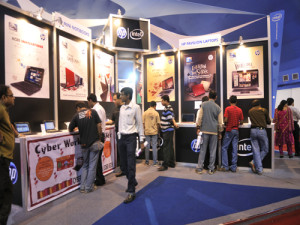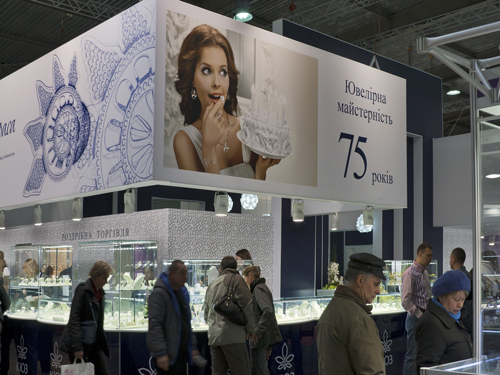Your marketing efforts could include multiple and diverse initiatives that usually help expand your reach and stay top of mind. In order to ensure consistency, you should consider creating a set of guidelines that connect together the look and feel of all of your marketing materials. Also known as your brand standards, such guidelines will help you expand by creating awareness while developing the key differentiators your company has when compared to the competition.
Consider focusing your efforts on the following:
- Your Colors – considering that you integrate colors in everything you do when it comes to marketing, advertising, communication and more, it is crucial to remember that this specific element plays a major role in leaving a lasting impression on your target marketing. As you commit to a palette, remember that every color has a different meaning and level of influence.
- Your Logo – the design of your logo should be consistent but also is the case with its placement and sizing. Every communication is an opportunity to leave an impression on the recipient; from letterheads to postcards, from emails to brochures…
- Your Graphics – The symbols and shapes you use for branding purposes should be consistent as well in order to help your audience to remember you as you work your way to stay top of mind.
Always remember that your brand is your promise to your customers and prospects about what they can expect, how you deliver and what makes you different in the marketplace. Consistency should lead to strong equity increasing your customers’ levels of loyalty and commitment. Are you being consistent with your branding efforts?





